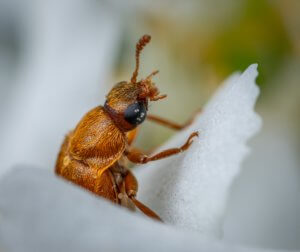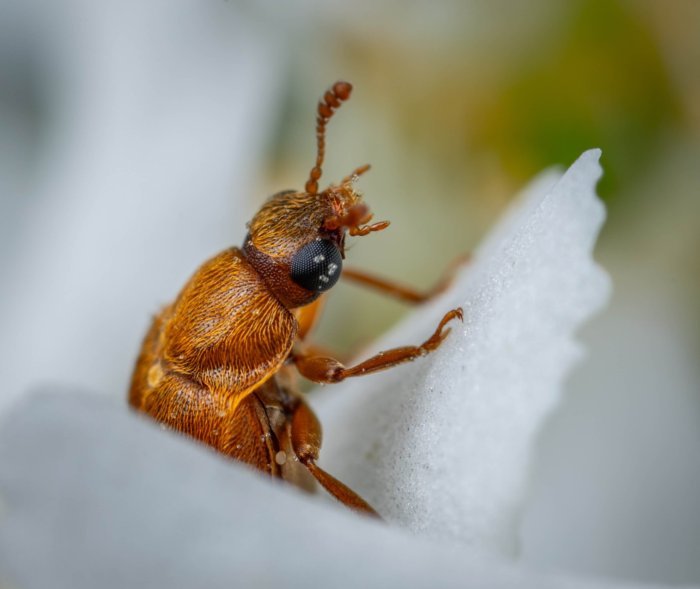
10 interesting insects and bugs found around Australia
Australia is infamous for being home to some of the deadliest creatures on the planet. Check out these 10 interesting insects and bugs found around Australia, some creepy, some dangerous and all fascinating.
Australian Earthworms
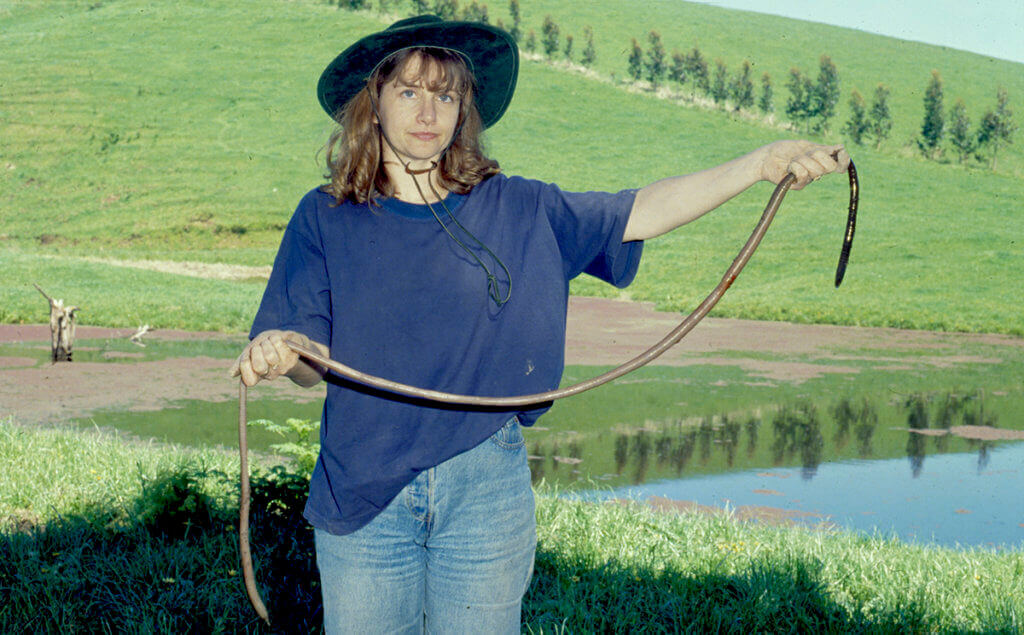
The giant Gippsland earthworm, Megascolides australis, is one of Australia’s 1,000 native earthworm species. Did you know that Australian Earthworms can live in hostile environments such as soils and in deep burrow systems and can breathe through their skin? These giant earthworms average 1 metre long and 2 centimetres in diameter and can reach 3 metres in length; however, their body is able to expand and contract to make them appear much larger.
Read more.
Sydney Funnel Web
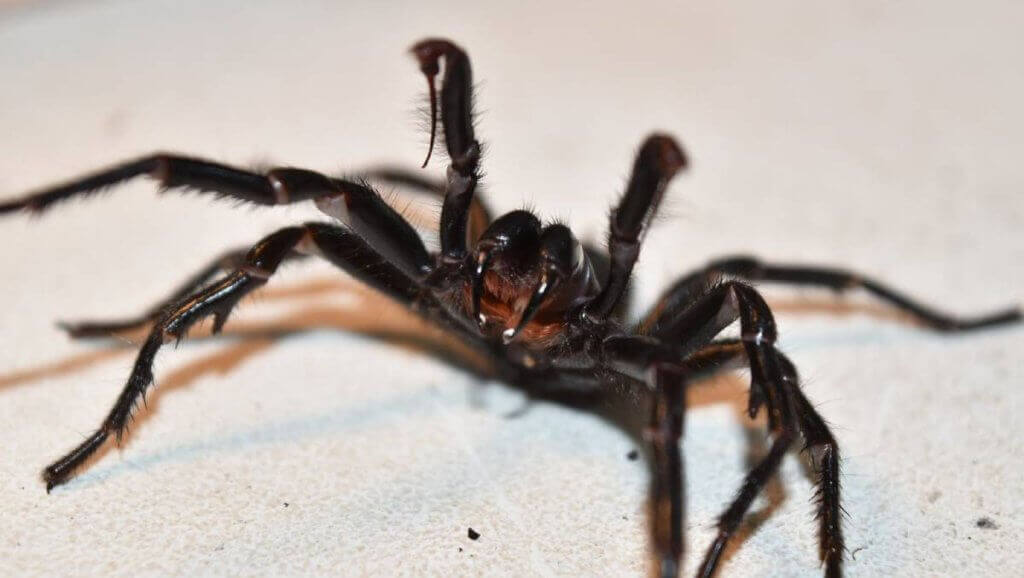
You have probably heard about Australia being home to some of the most notorious of all spiders. The Sydney Funnel-web can show aggressive behaviour, and have impressive fangs.
Read more.
Australian Witchetty Grubs
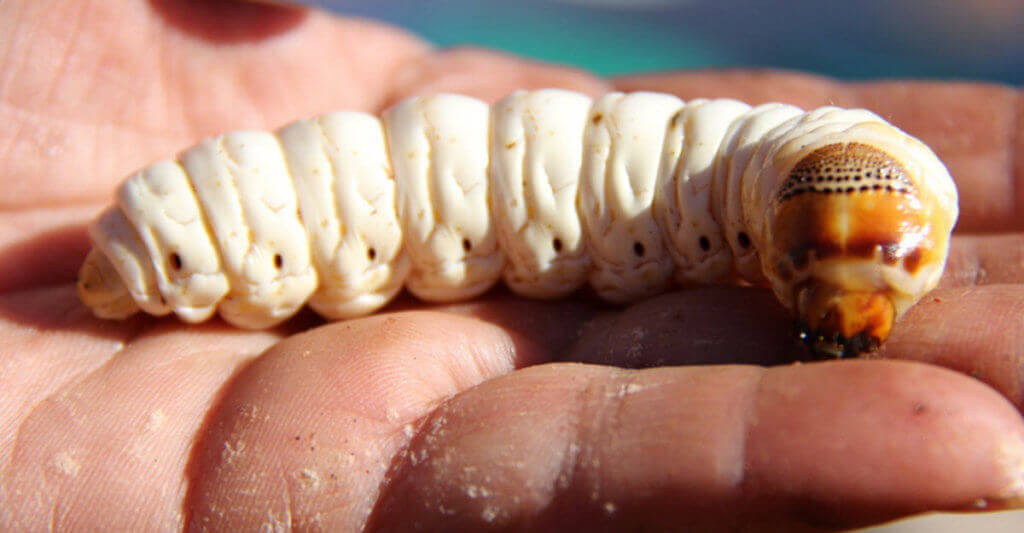
This grub is known for its appetising taste within the indigenous Australian communities. A popular Aboriginal bush tucker delight that can be sourced by digging around the roots of certain plants. These grubs are a rich source of protein.
Read more.
Golden Orb Weaver
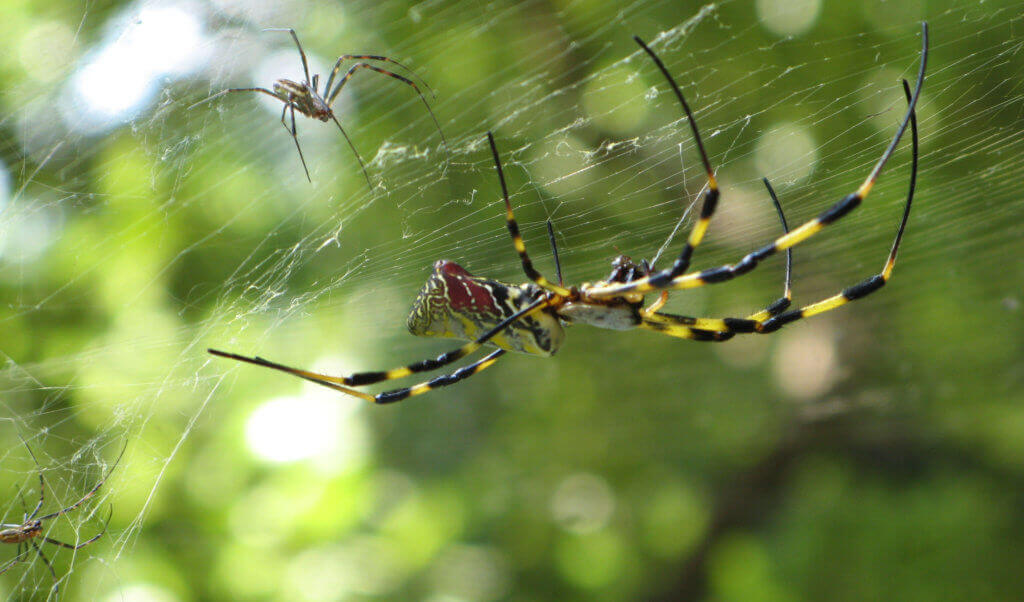
The Golden Orb Weaving Spiders build large, strong orb webs with a golden sheen. The silk produced is quite durable, and hence research continues to find potential used for it. Often mistaken for a dangerous creature, the Australian golden orb-weaving spider is in fact, harmless to humans.
Read more.
Hercules Moth

Although it is the largest moth in the world, an adult Hercules Moth doesn’t actually eat! The adult Hercules Moth survives on food stores from when it was a caterpillar. These magnificent giant moths only live for 10 to 14 days and have the main goal of finding a mate and reproducing.
Read more.
Extatosoma tiaratum
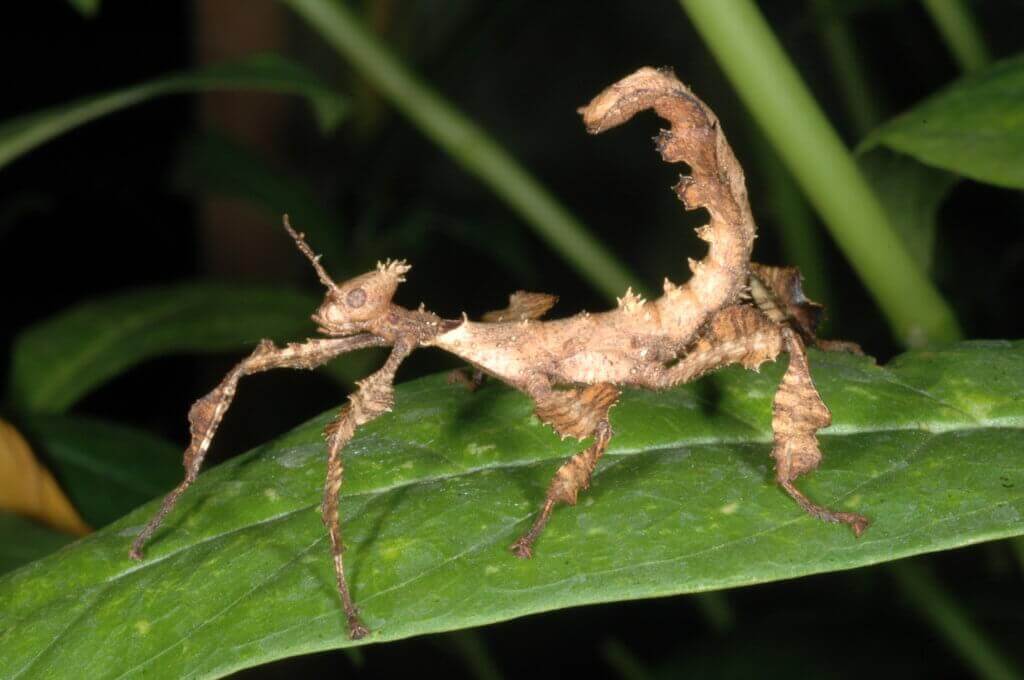
The Giant Prickly Stick Insect also referred to as Macleay’s Spectre Stick Insect is a large stick insect from Australia and New Guinea. Its scientific Latin name is Extatosoma tiaratum. This species of stick insect looks more like a cactus than like a twig. Its body is bulky and covered in small spines. Did you know, it has an amazing defence strategy: it will mimic a scorpion when threatened.
Read more.
Redback Spider
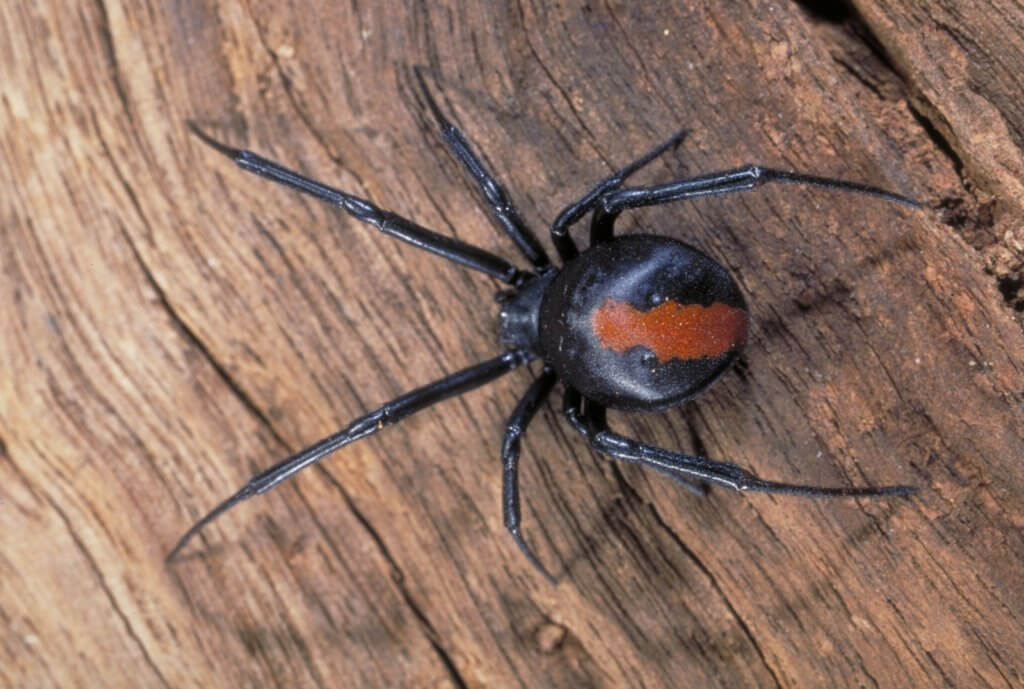
One of the most notoriously dangerous is the redback spider, Latrodectus hasselti. They use their venom to kill their prey following the capture of them. Of the hundreds of compounds in their venom, only a single toxin, alpha-latrotoxin, is responsible for deaths in humans and other vertebrates.
Read more.
Bull Ant

Bull ants are large, alert ants that can grow up to 40 mm. They have characteristic large eyes and long, slender mandibles and a potent venom-loaded sting. Hence, these ants can deliver painful stings and are aggressive. They have superior vision, able to track and even follow intruders from a distance of 1 metre. Many species of bull ants have bright red or orange colours on the head or abdomen.
Read more.
Goliath Stick Insect
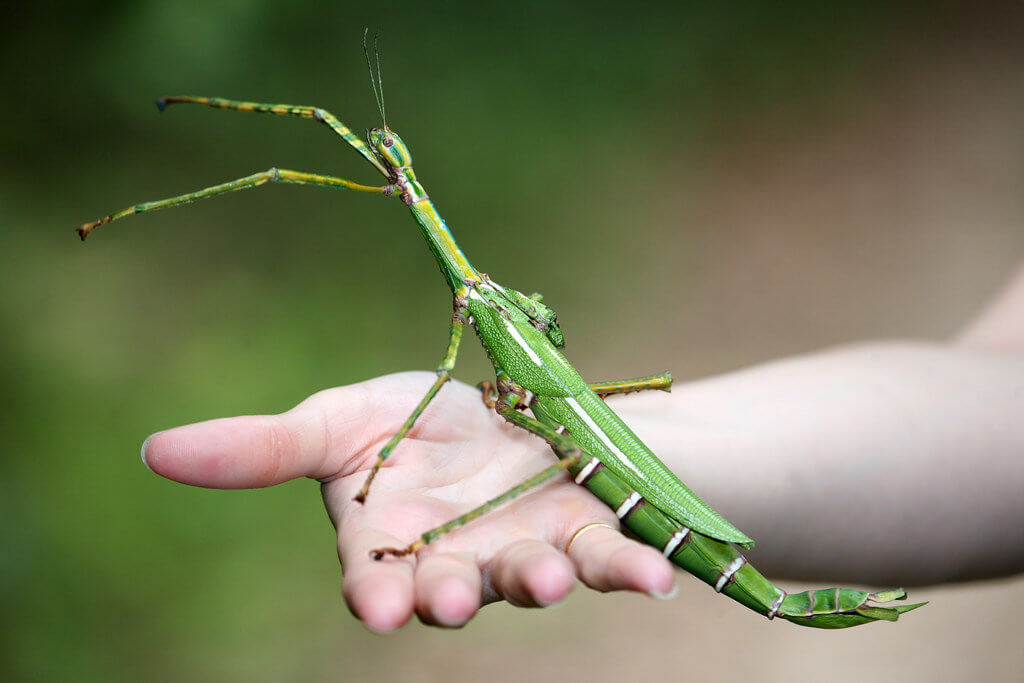
The Goliath stick insect is one of the largest stick insects in Australia. They eat leaves and resemble leaves or sticks. The wings are green with red markings on the underside. They can be found in northern and eastern Australia including Queensland, New South Wales, Victoria and Western Australia.
Read more.
Australian garden orb weaver spider
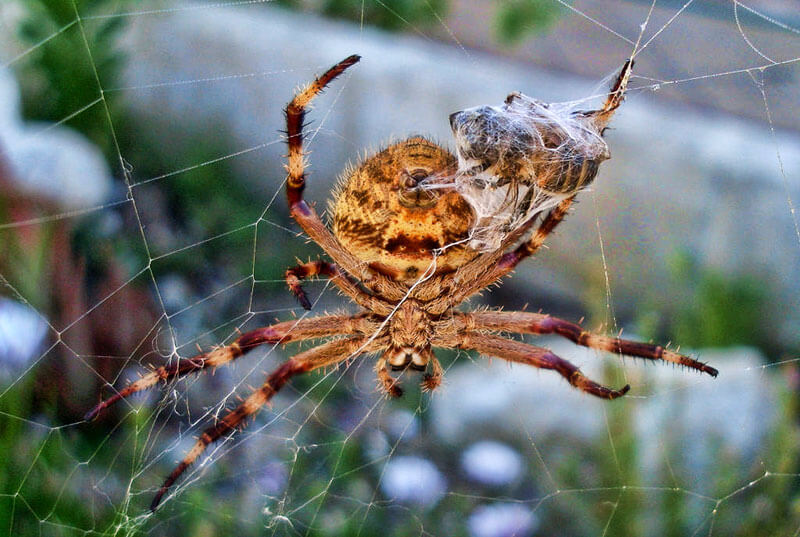
Orb weaving spiders make suspended, sticky, wheel-shaped orb webs. When an insect flies into the web, the spider senses the vibration, rushes out from the web centre and rapidly wraps the victim in silk, rotating it with its shorter middle legs. When the prey is secure the orb-weaver administers a bite and sits back to allow the deadly venom to do its job.
Read more.
Comment down below what your favourite insects and bugs found around Australia are? What are some ways you can look after these critters, but also stay informed about their great diversity?
Take your child’s learning to the next level and help them discover the magic of insects and bugs. Have fun with STEM activities by subscribing to InquiBox for our next insects and bug-themed box. Sign up now.
Extra reading: check out our posts on 11 interesting videos about space and our blog on 10 facts you probably didn’t know about dinosaurs.




